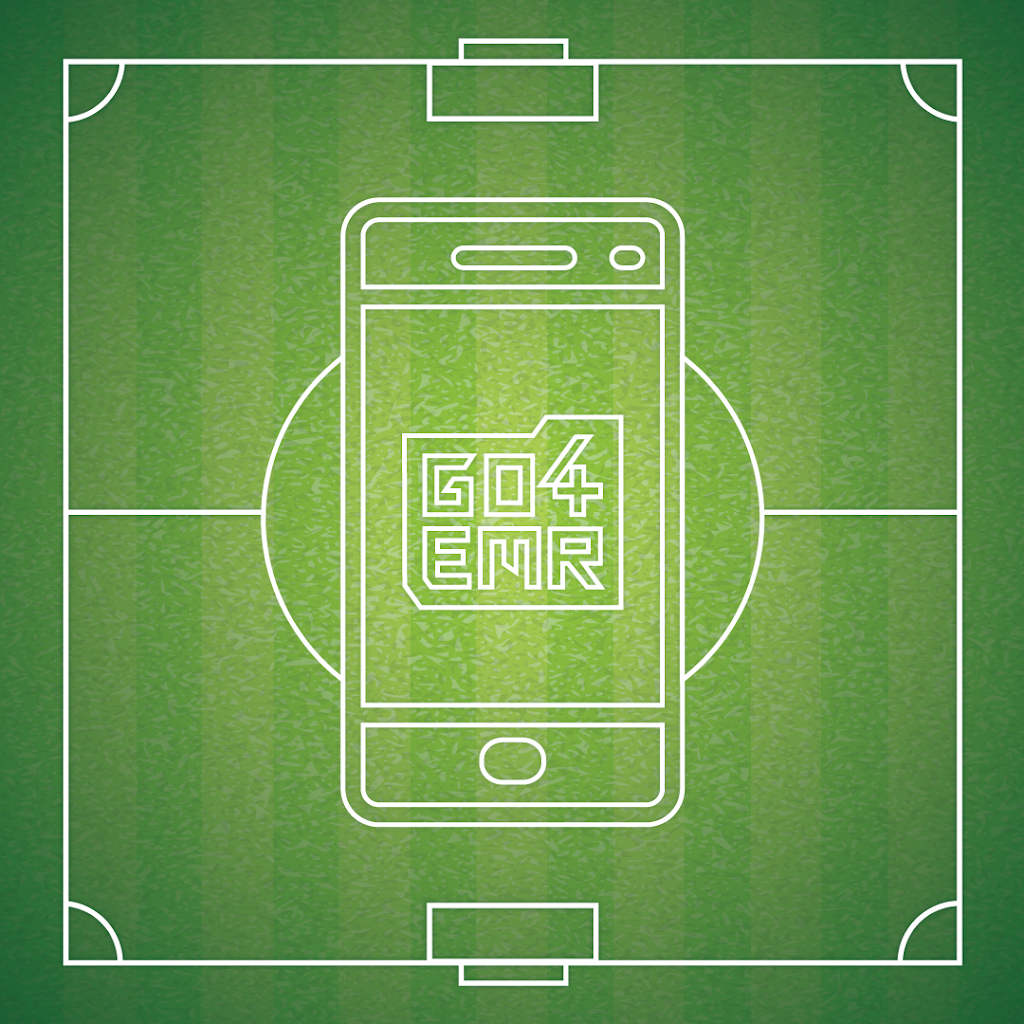Emergency Preparedness in Athletics: A Guide to Reviewing and Practicing Your Emergency Action Plan

By Beth Jones, LAT, ATC
Emergency Preparedness in Athletics: A Guide to Reviewing and Practicing Your Emergency Action Plan
When it comes to high school athletics, preparation isn’t just about conditioning athletes for competition- it’s also about ensuring that everyone is ready to respond in case of an emergency. Having a well-practiced Emergency Action Plan (EAP) can mean the difference between life and death in critical situations such as cardiac events, heat illness, or serious injuries.
As an athletic trainer, I’ve seen firsthand how crucial it is for athletic departments, coaches, and student-athletes to be familiar with emergency protocols. An EAP is only effective if it is up-to-date, well-practiced, and backed by properly maintained emergency equipment. Here’s how to ensure your school’s plan is set up for success.
1. Schedule Regular Emergency Action Plan Reviews
An EAP is a living document that should be reviewed at least annually- ideally before every sports season. However, updates should be made immediately when:
✔️ Coaching staff turnover occurs
✔️ New venues or facilities are introduced
✔️ Emergency medical services (EMS) protocols change
What to Review:
- Emergency personnel roles and responsibilities
- The chain of command in a medical emergency
- Access points for EMS at all athletic facilities
- Emergency contact information for key personnel
- Locations of AEDs (Automated External Defibrillators) and other emergency equipment
Encourage collaboration between athletic trainers, coaches, administrators, and local EMS to ensure seamless coordination during an emergency.
2. Conduct Hands-On Emergency Drills
Just like athletes practice for competition, you must practice handling real-life scenarios so that you know how to react when you need to. Seasonal drills help build muscle memory so in the heat of the moment, everyone can act quickly and efficiently.
- Cardiac Emergency Drill – Simulating a sudden cardiac arrest and practicing AED use
- Head & Spine Injury Drill – Practicing safe athlete stabilization and EMS activation
- Heat Illness Response Drill – Reviewing cooling protocols for heat-related illnesses
- Bleeding Control Drill – Simulating severe lacerations and bleeding management
Athletes, coaches, and administrators should all take part, ensuring everyone understands their role when seconds matter. The athletic trainer won’t be the only one responding to an emergency!
3. Check and Maintain Emergency Equipment
Athletic departments should have emergency equipment is easily accessible, regularly inspected, and in working condition. This means:
✅ AEDs: Confirm batteries and pads are functional and devices are clearly marked and accessible. These should be inspected and replaced according to the device guidelines, even if the AED hasn’t been used!
✅ Spine Boards & Splints: Verify they are properly stored and functional.
✅ Cold Water Immersion Tubs: In warm temperatures, ensure tubs or other rapid cooling equipment are readily available, accessible, and functional.
✅ Travel First Aid Kits: Restock basic first aid supplies like bandages, gloves, antiseptic wipes, and ice packs for when the athletic trainer isn’t with you.
Make these equipment checks part of your safety routine and document inspections to track maintenance.
4. Educate and Empower Everyone
Emergency preparedness isn’t just the responsibility of athletic trainers or administrators. Every coach, parent, and athlete should have basic knowledge of the EAP and be empowered to take action when needed.
📢 Host pre-season meetings to discuss emergency protocols with coaches and admin
📝 Post EAP details in locker rooms, gymnasiums, and stadiums
📱 Share digital copies of EAPs with coaches, parents, and athletes
Athletes, in particular, should know how to recognize symptoms of concussions, heat illness, and cardiac distress in their teammates. Encouraging a “see something, say something” culture can help prevent minor incidents from escalating.
Be Proactive, Not Reactive
Athletic directors, coaches, and school administrators must work together to make emergency preparedness a top priority. A well-reviewed and practiced Emergency Action Plan ensures that when the unthinkable happens, your team can react swiftly and impact a positive outcome.
🔹 Review your plan.
🔹 Practice your response.
🔹 Check your equipment.
🔹 Educate your community.
By taking these proactive steps, we can create a safer environment for student-athletes and give parents peace of mind knowing that their kids are in good hands.
Need a resource to help practice your Emergency Action Plan? Click Here!
Are you an Athletic Trainer?
Join us!
From per diem shifts to full-time opportunities, AT resources, PLI, a free EMR and more, Go4 is the essential AT app. Sign up now!
"*" indicates required fields
Other articles you might like

What is the deal with Standing Orders?
How do I get standing orders as an athletic trainer? Q: What are standing orders? A: Standing orders, aka medical protocols, establish the scope of practice for an athletic trainer. Under the direction of a physician, they are an overview of the specific skills that the AT is legally able…

AT Spotlight: Thomas Obergefell, Athletic Training from the Dugout
Name: Thomas Obergefell, MS, ATC, LAT Nickname: T.J. Alma…

Middle School / High School / College / Any School EMR: The Importance of Documentation
Go4’s in-app Electronic Medical Record We all know the reasons why it’s important to thoroughly document, but incase you forgot, here they are:…